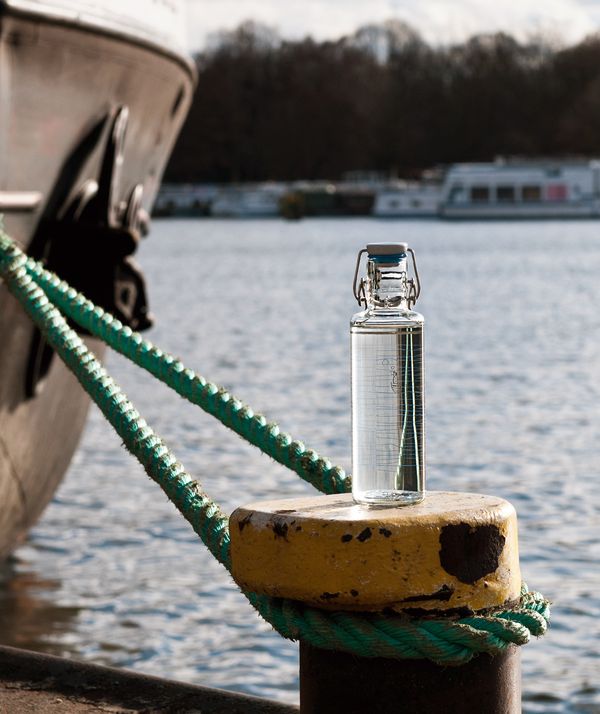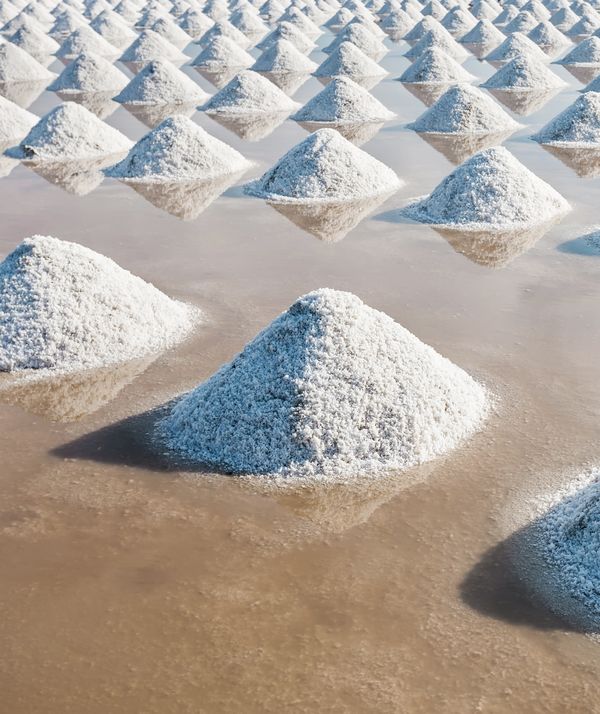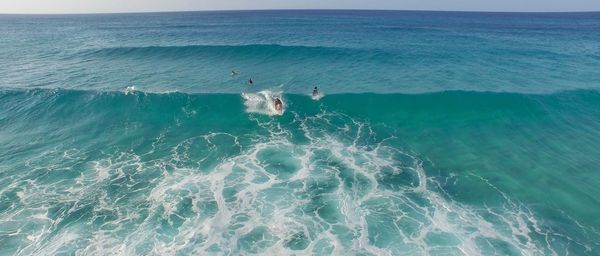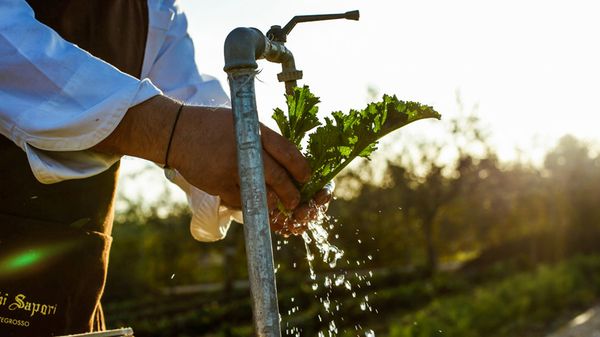
The average European drinks up to three litres of water every day. What is the difference between the contintent's varioous types of water, where do they come from, and how are they processed? Oh yes: and what is in them?

The European Union has strict criteria
for anything calling itself natural mineral water. Not that mineral water is much different from rain water: what it does have, though, are the minerals in the name, such as sodium, magnesium and calcium. As rainwater filters through the ground, it is purified and picks up trace elements and carbonic acid (which is what makes it fizzy). What the EU directive lays out is how the water may be tapped, bottled, analysed, and labelled. Any mineral water imported into the EU or tapped in its member states needs an official seal and must offer specific information on the label: its component elements, its place of origin, and the name of the source, as well as any treatments it has been through. All producers are allowed to do, is to regulate the amount of carbonic acid in the water and to remove iron and sulphur.
Spring water, meanwhile, is similar, but the criteria are laxer; this term may only be applied to water which is bottled at source in its original form; its chemical composition has to keep to the same maximum allowances for specific substances as other water under the EU drinking water directive.

The same is true of table water
In contrast to mineral and spring water, however, table water is not a natural product, but rather the result of industrial processing: tap water is blended with seawater, brine (i.e. saline solution), and minerals and then carbonated.
Healing or curative waters are a specific case. In Germany, Austria and a few other European countries, their composition is a matter for laws governing pharmaceutical products or for by-laws defining the status of spa towns. In these medicinal waters, the minerals and trace elements have to be present in such a high concentration that they have a restorative, preventative, or alleviative effect. Healing waters high in calcium, for instance, are recommended against osteoporosis as bone-strengthening tonics; fluoride is used to prevent tooth decay, and sulphate waters are prescribed against complaints of the digestive system. Many curative waters are drunk on a daily basis, but can also form part of an intensive treatment in acute deficiencies.
In many European countries
people who would rather avoid bottled water can drink tap water safely. In general, tap water is made up of around two parts spring or groundwater to one part surface water from reservoirs, rivers, or lakes. Before it is piped into homes, it is processed in the waterworks. A word of caution, however: the EU water quality directive defines the standard of water for human consumption – but only as far as the house connection. That means that old lead piping or sullied pipework can still make tap water undrinkable.
As a rule of thumb, in countries such as Germany or Belgium, it’s always safe to drink from the tap. In Spain, though, and other southern European states, it’s best to ask a few questions first. Many consumers are concerned about residues from antibiotics and fertilisers in water, and indeed the agrichemical products applied to farming soil in western countries are appearing in tap water in ever higher concentrations. Nevertheless, the strict EU quality standards mean that, after processing, the amounts of toxins remaining are so residual that they pose absolutely no risk to health whatsoever.


